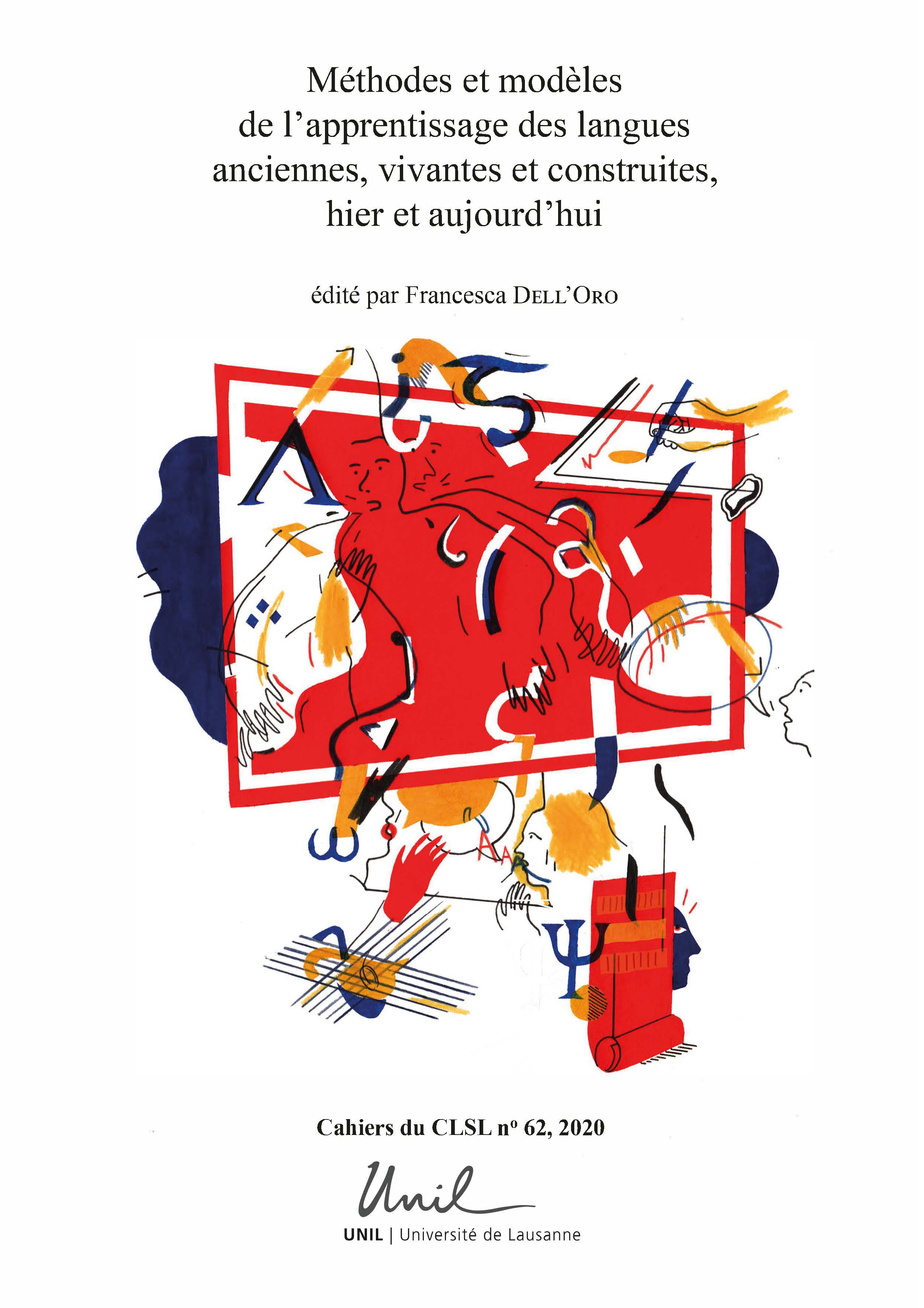Abstract
In Institutio Oratoria (ca. 93) the Roman rhetorician and pedagogue Quintilian (ca. 30 - ca. 100) recommends using paraphrase, oral reading exercises and the « assistance of several arts » in language education. Although classical rhetoric is no longer part of the curriculum, Western culture has developed a strong taste for « rhetoricity » (Compagnon 1999). This should encourage modern educators to re-examine ancient rhetorical precepts and adapt them to today’s language teaching methods. My working hypothesis is that written texts may be submitted to multimodal acts of reinterpretation, which engage the student’s learning body holistically and orchestrate special teaching moments. In this article, I present a simple model for achieving the compression, schematization and semiotic transposition of complex essays or novels. Group activities are staged, which lead to the performative appropriation of meaning, using static or dynamic tableaux, which may be silent or spoken, danced or acted out. As this happens, the physical basis of some very common dead metaphors in education – like learning « paths », « stances » or « attitudes » ; pedagogical « approaches » – is rightfully restored.

This work is licensed under a Creative Commons Attribution 4.0 International License.
